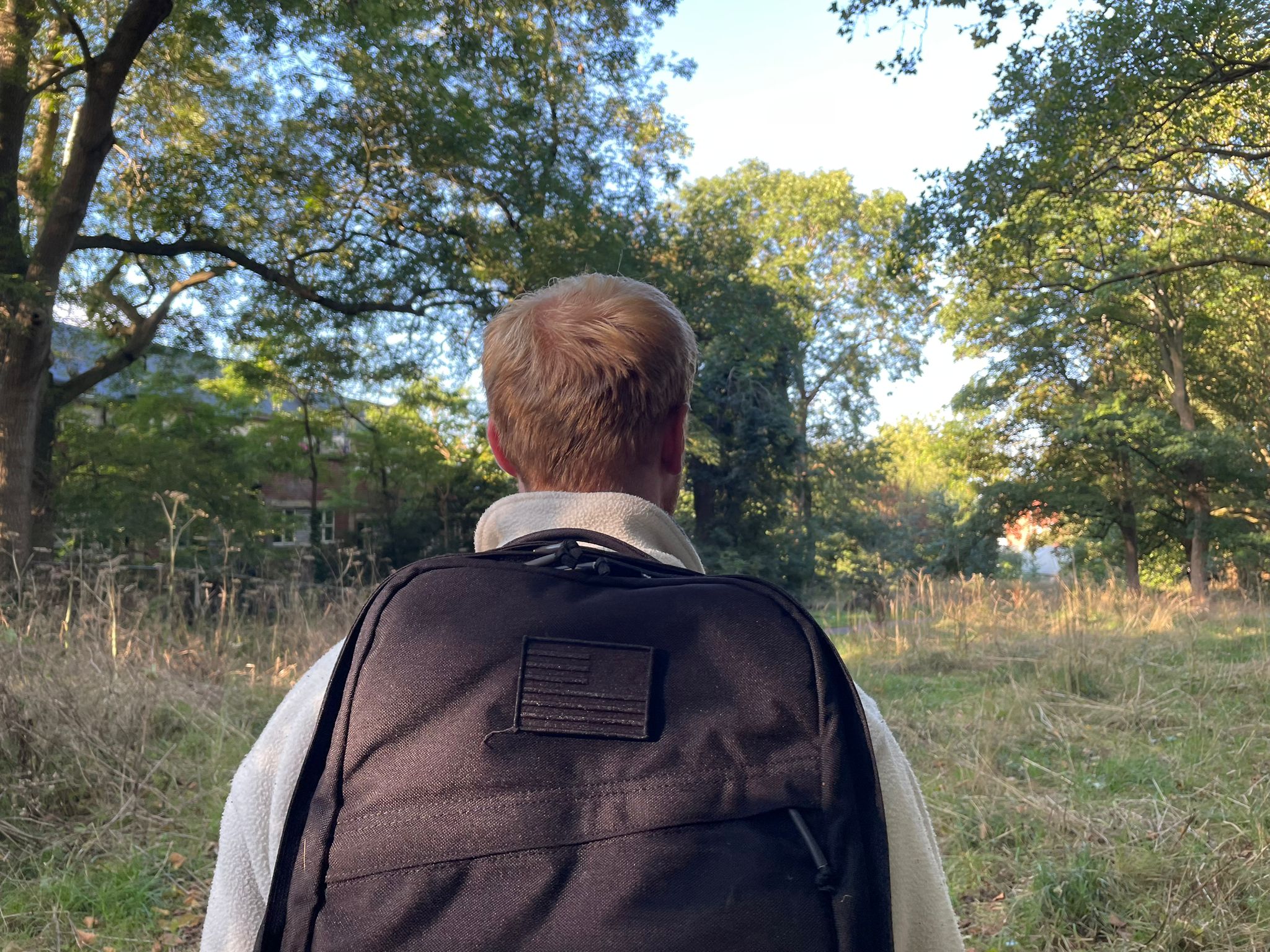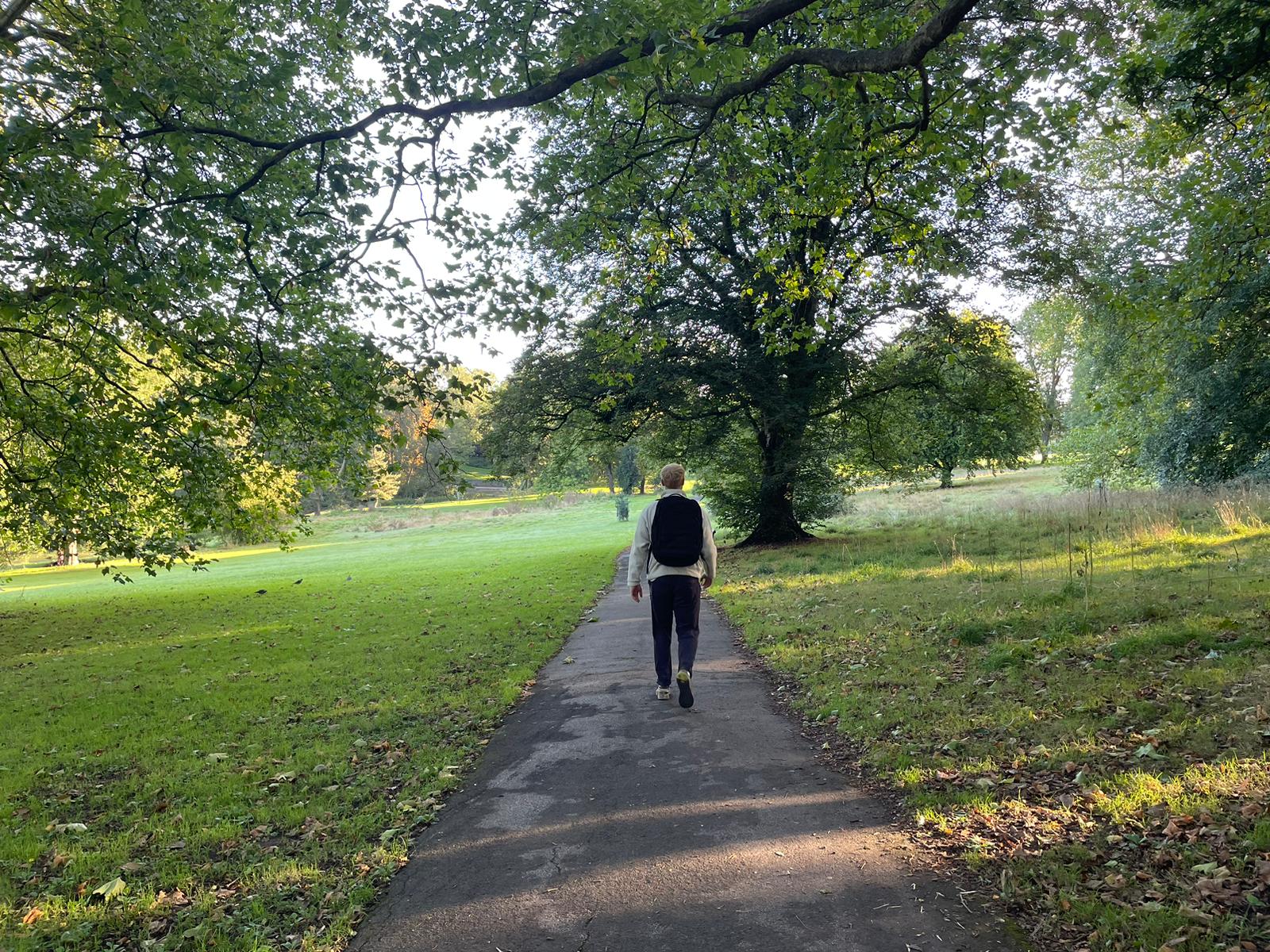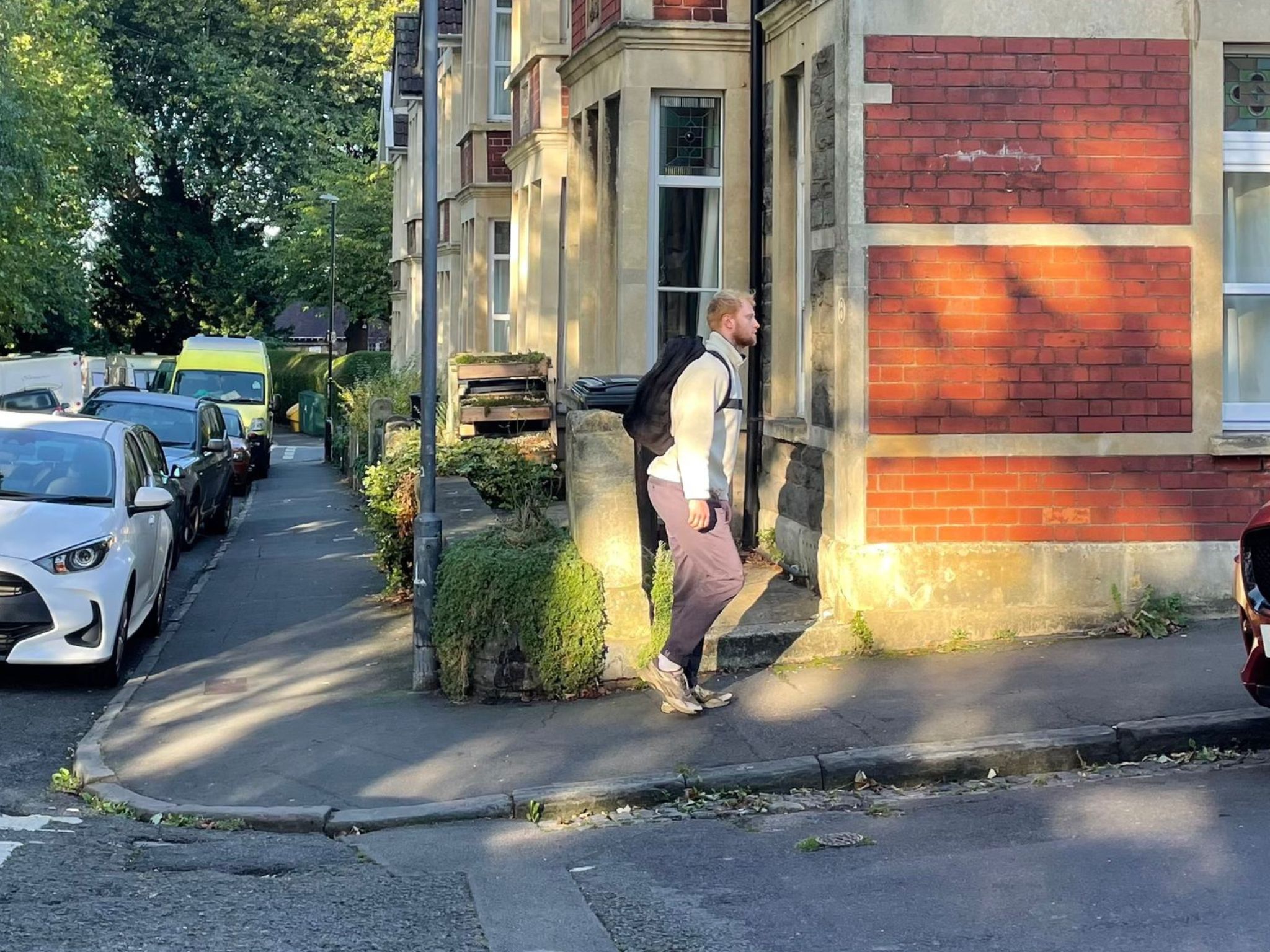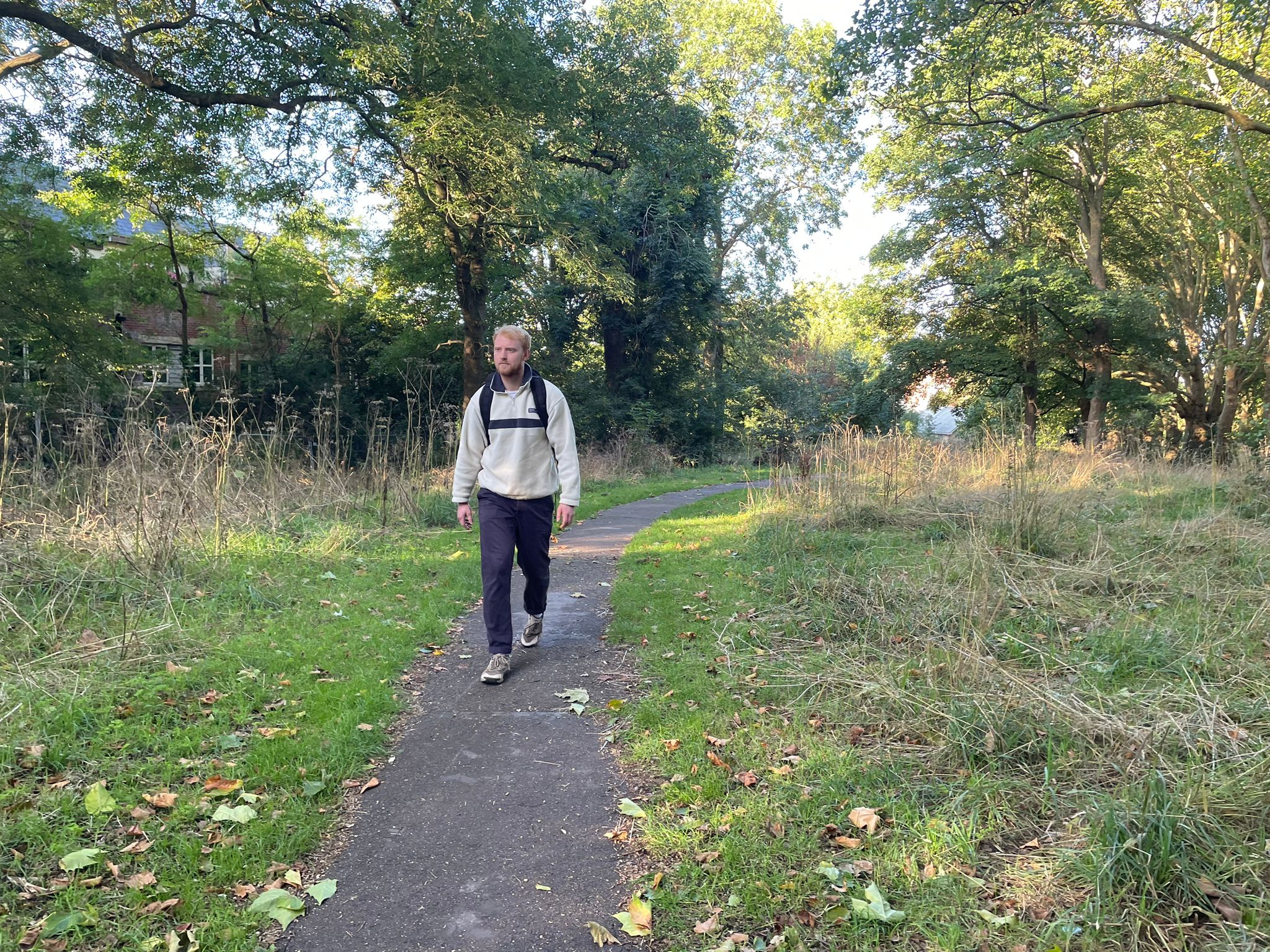I walked 10,000 steps with a weighted backpack every day for a week – here are five reasons I’m not stopping
World, you'll be pushed to find many shortcuts that genuinely work.
For a whole week with a weight on my back.
all over your body, not a bad outcome, all things considered, from a quick trip to the shops, or any similar short excursion.
With the promise of making getting my fitness fix a breeze, I grabbed my backpack and set off – here are five things I discovered.
Rucking is accessible
However, when I started doing rucking, I discovered that this wasn’t true.
Before, and rucking was just like that but with a bit of extra weight. Once I'd noticed the slightly different balance, everything was alright.
You don’t actually need any specialist equipment to get started.
“It is very big and weighty, so including something of that nature in your backpack would be a good starting point then gradually work your way up”

It’s versatile
I walk fairly regularly, so instead of trying to fit in a long, regular rucksack session I thought I'd wear the weighted pack as I went about my daily routine. And for me, this suited me perfectly.
I always suggest keeping your weighted bag by the front door," says Cihlar. "If you have to go and look for the rucksack then find the weight plate for it, you might not bother to bring it. But if it's right by the door, it's easy to put it on.
I wore mine for dog walks, a day at the office, and also when I popped into town; where ever I was, the rucksack usually accompanied me. I found that I was able to clock up over 10,000 steps a day without much difficulty, all thanks to wearing it in this way.
As an activity, it means you can gain more benefits from a shorter walk.
I have a couple of French bulldogs and living in Florida where it's extremely hot means they can't go on super long walks, so we do shorter strolls instead," says Cihlar. "By adding a pack to that, it allows me to make the most of our walks.

It may be useful in improving your physical power
Wearing a weighted rucksack makes walking more strenuous, and it's unlikely someone would opt to make walking more difficult unless it provided a substantial number of advantages. Happily, rucking delivers in this respect.
, tells me.
.”
"Rucking also helps build up your core strength and the muscles in your upper back, because you're carrying that weight on your shoulders," Cihlar explains.
After going for a particularly hilly walk while carrying a heavier load, I found that my thighs felt the usual dull ache that you often get after a tough leg workout. Additionally, my upper trap muscles (those at the base of the neck) were particularly strained when I had the heavier loads.

It's not just a challenge for your muscles
Rucking has more to offer than just strength training. You'll also get a cardio workout that engages your heart and lungs. This exercise is more effective at challenging these organs than a simple unweighted walk.
You're carrying extra weight, and that extra weight makes it more energy-demanding to move," explains Dr Aguiar. "Carrying that extra weight means you'll use up more oxygen and your heart rate will increase if you're trying to walk at the same pace.
He first lap used an estimated 102 active calories and my heart rate was averaging 88 beats per minute, while the final lap used 119 active calories and my heart rate was averaging 108 beats per minute.
It might not be a particularly astonishing difference, but I discovered that these gradual increases added up over the course of the week. Frequently elevating your heart rate can also contribute to a improvement in cardiovascular fitness, and by flying higher you’re more likely to experience this benefit.
As someone who exercises regularly, this final fitness benefit wasn't a major draw for me personally. But another unexpected advantage of my rucking adventures was the challenge that I found enjoyable.
The benefits are as much physical as they are mental," says Cihlar. "I always say that you never leave the house to go for a ruck and come back in a bad mood. It's a fantastic way to clear your head or get outside to get some fresh air, all while having a good return on investment in terms of time and fitness.

The weight you use is significant
Although it's listed last, this could be the most significant point of all: rucking with a lightweight backpack feels far removed from rucking with a heavy one. That's why it's exceptionally crucial to find a weight that suits you and adjust it according to the type of activity you're undertaking.
Cihlar states that she usually prescribes 30lb for men and 20lb for women (approximately 15kg and 10kg in imperial weights) as baseline weights, but notes that these loads "aren't a starting point for everyone".
"'You can literally start with any backpack and add some weight to it – it could be your water bottle, some magazines, your snacks – anything like that,” she says.
This can be progressed over time as your fitness and physical condition improve. Then, when you can easily carry more than 5kg, it might be worth investing in some rucking plates and a specially designed backpack for comfort.
“Rucksacks designed to carry two plates, so if you're a heavy user, and you're training for a hike, you can increase it to 60lb or 75lb," Cihlar mentions.
You are more likely to notice strength improvements with heavier weights, but use a weight that's not too heavy for you to avoid the risk of injury.
“Provided you’re still able to walk and talk, as they say, then you’re fine,” Cihlar summarises. “Your heart rate will be elevated, but you should still be able to hold a conversation and breathe properly.”
I usually weigh about 95kg, and I found that varying my rucksack weight between 15kg and 35kg suited me, using the lighter load for longer walks or day-to-day strolls, and the heavier load when I really wanted to put in some extra effort.
These tougher sessions were significantly more taxing on my muscles, and I could feel the effects in my thighs and traps afterwards. By the end of the week, carrying 15kg felt like a natural part of my routine and I felt quite comfortable lugging it about.

Will I continue rucking?
Even though I've finished my seven-day rucking challenge, my backpack and weights are still by the front door. I don't use them as much as I used to, but I still grab them whenever I'm going for a walk with my dog or undertaking other outings.
Because I enjoy turning a short stroll into a mini exercise session, especially on hectic days when trying to squeeze in a proper workout can be difficult. I quite like the challenge it presents, and I find that I inevitably feel more alert after a brisk walk with weights.
Given these points and more, I'm eagerly hoping that rucking will prove to be a fitness trend with staying power.
Read more: 'I had a go at the 75 soft strike fitness challenge – here’s what I discovered'
.
Posting Komentar